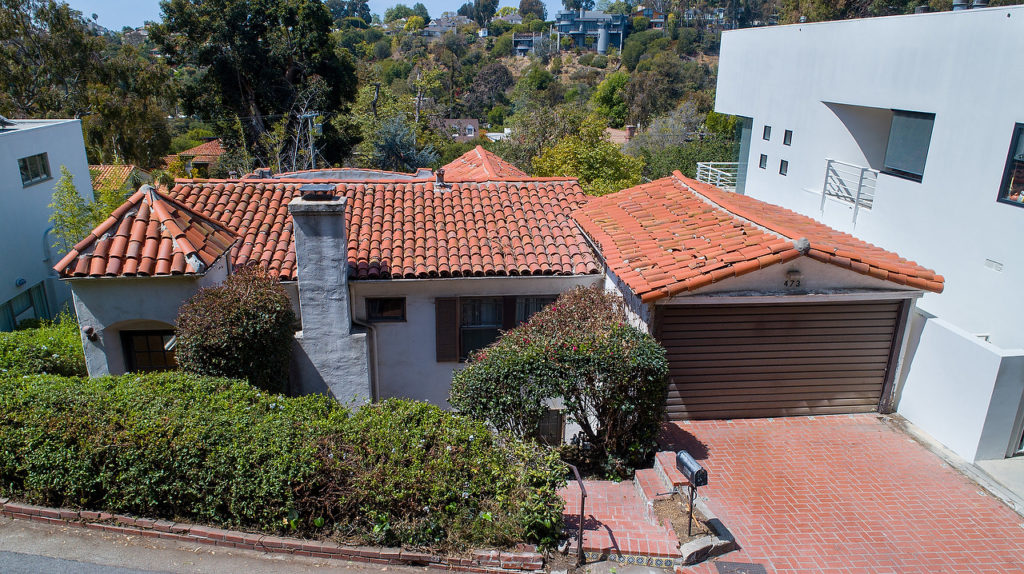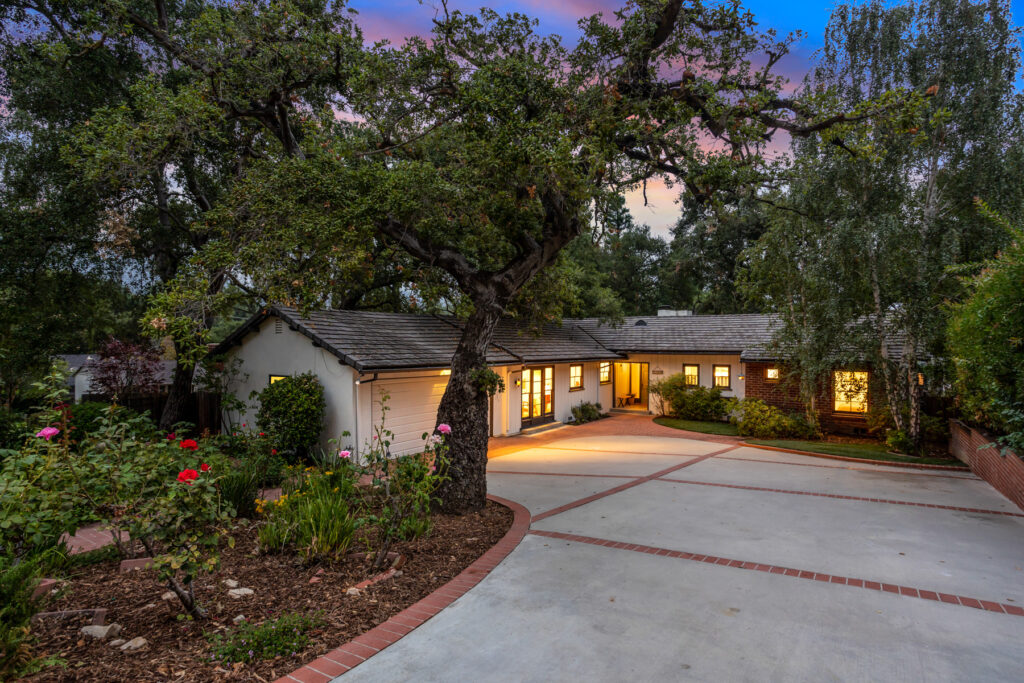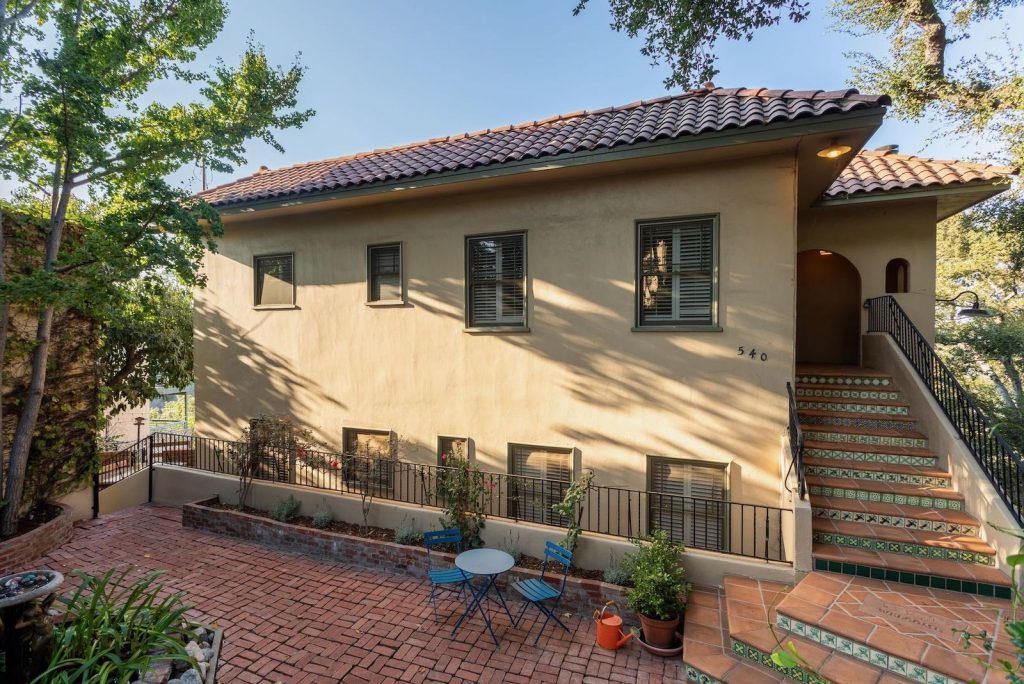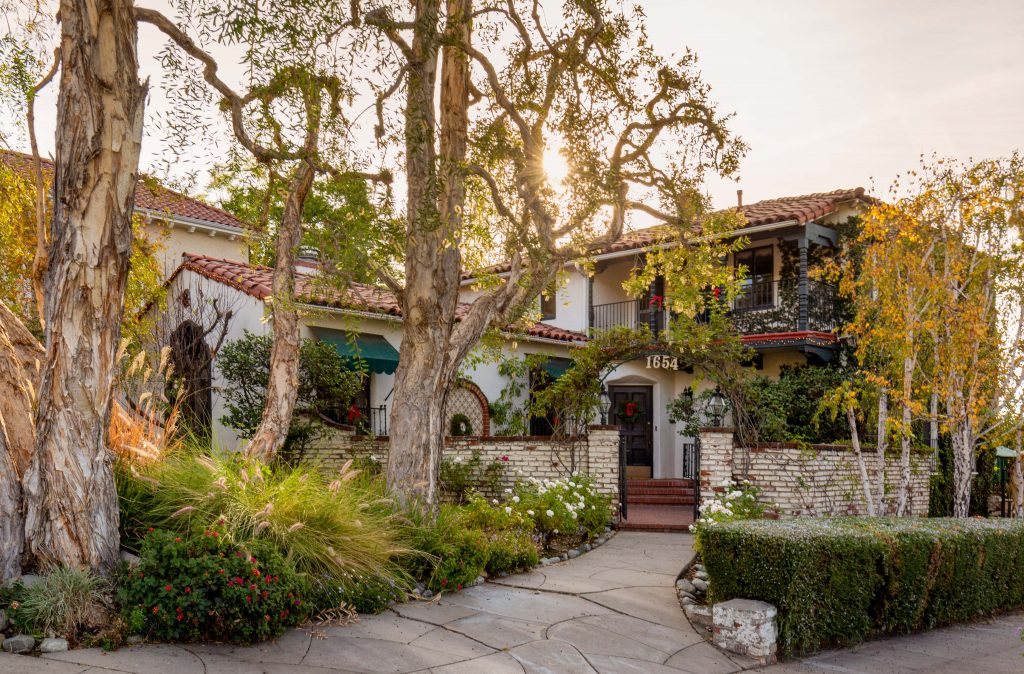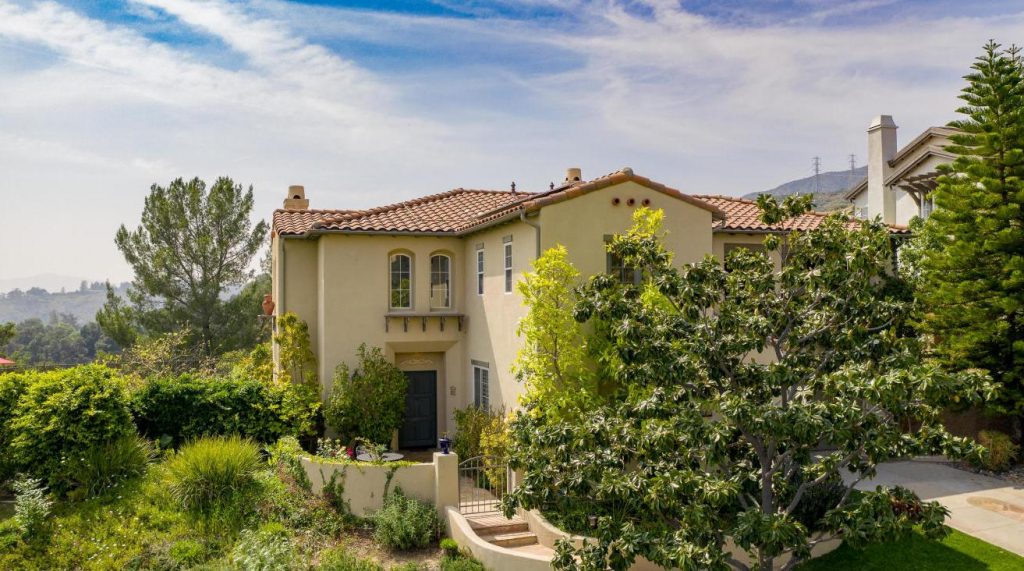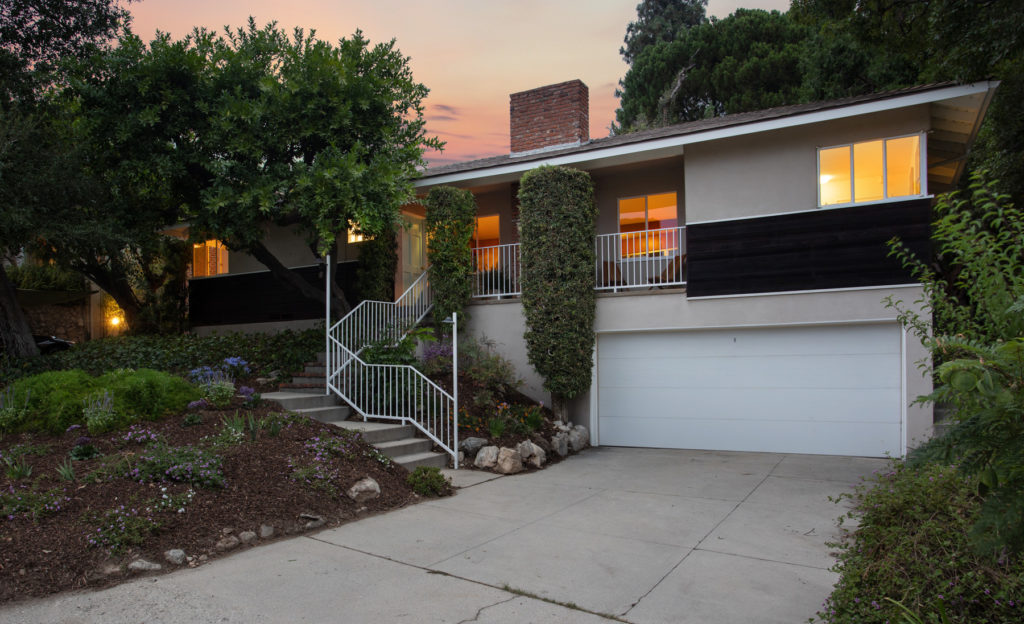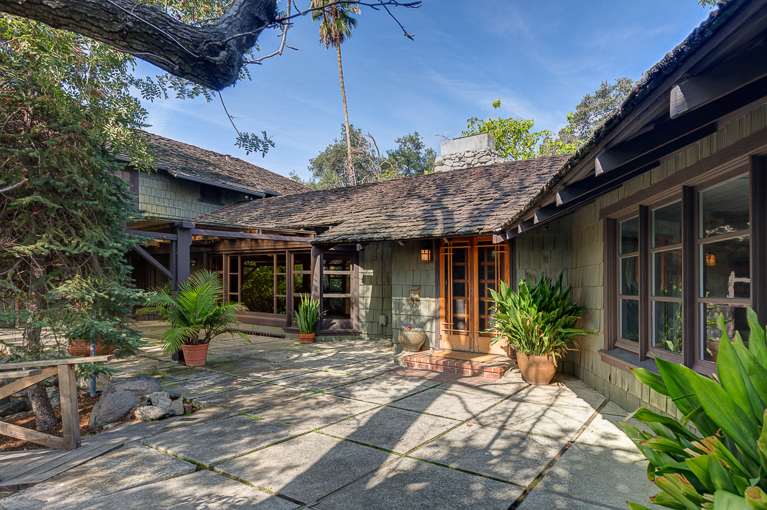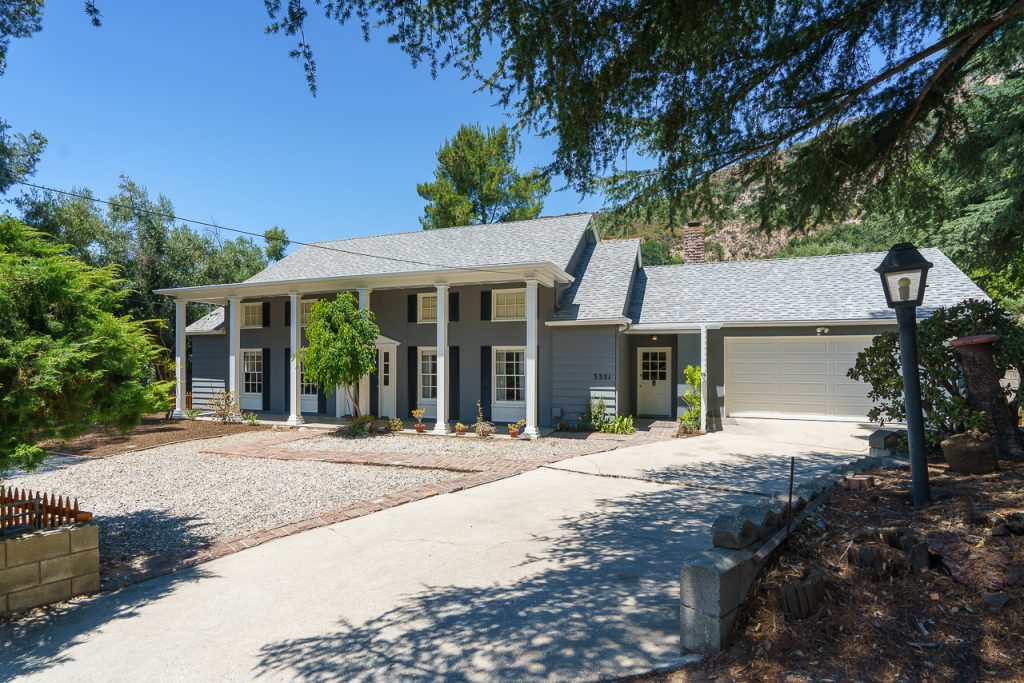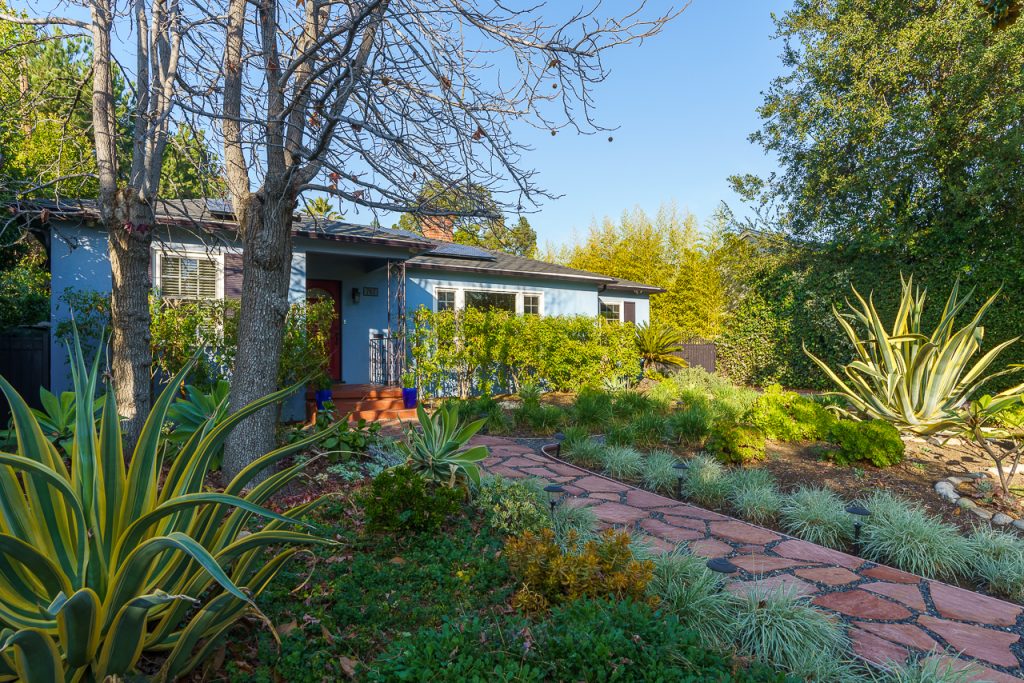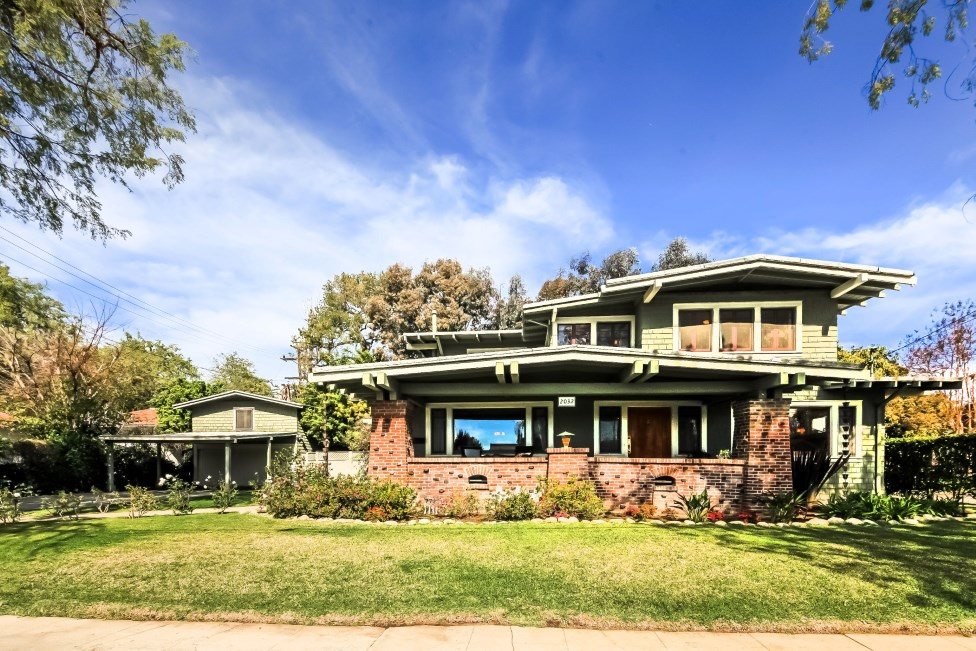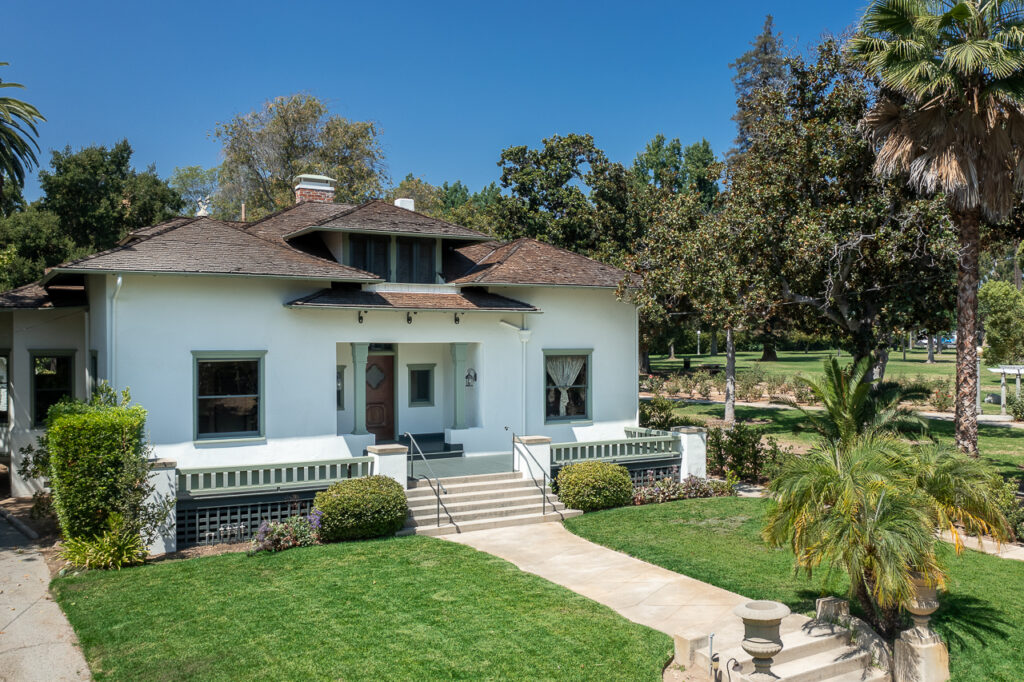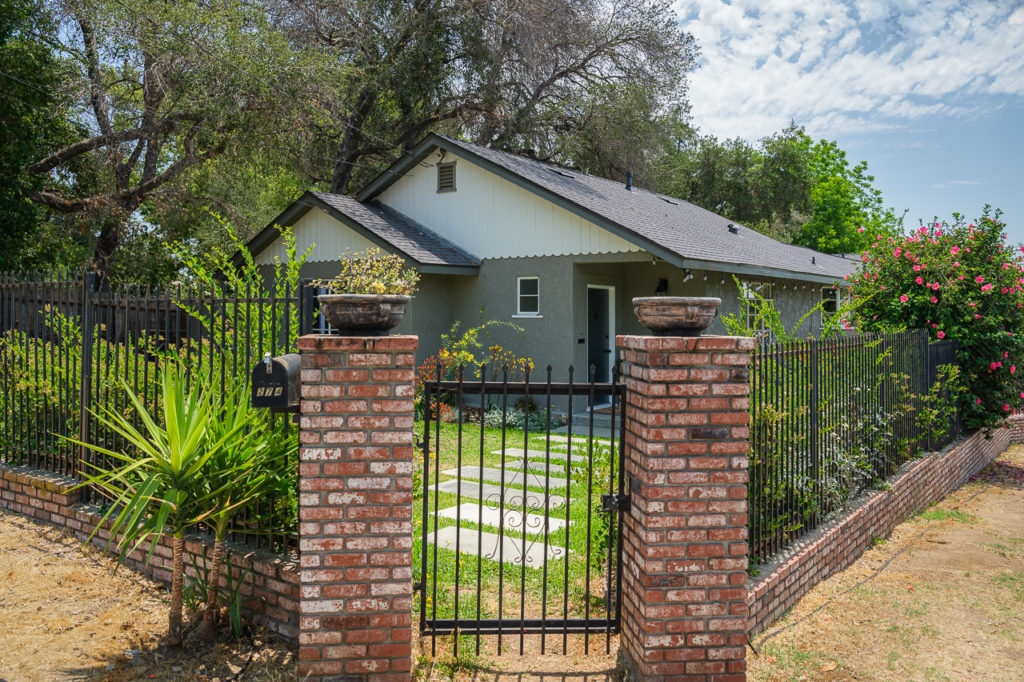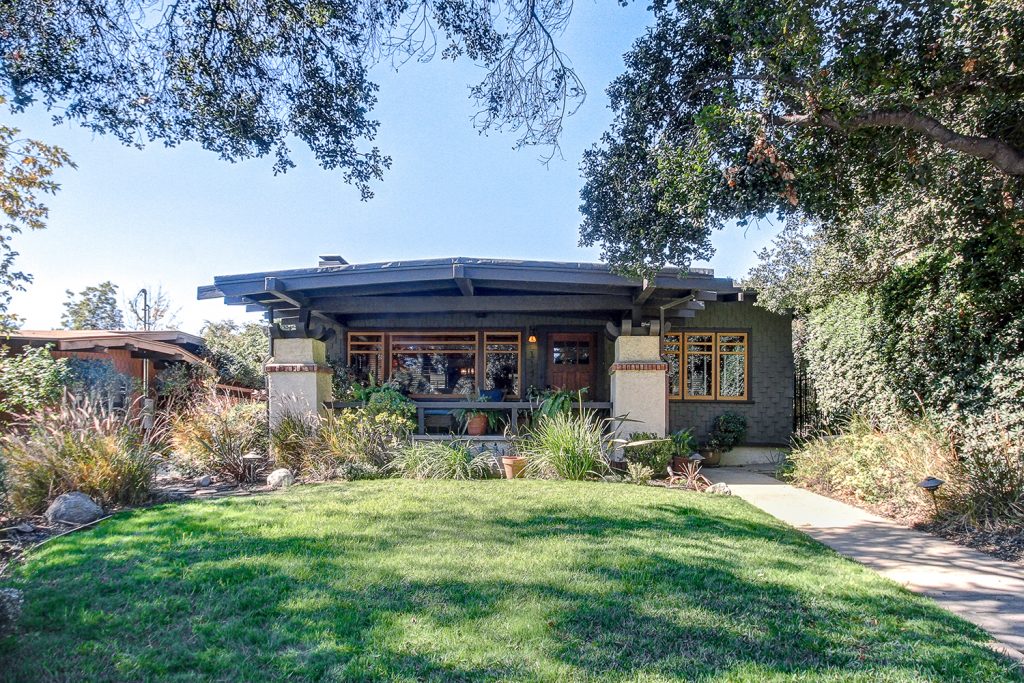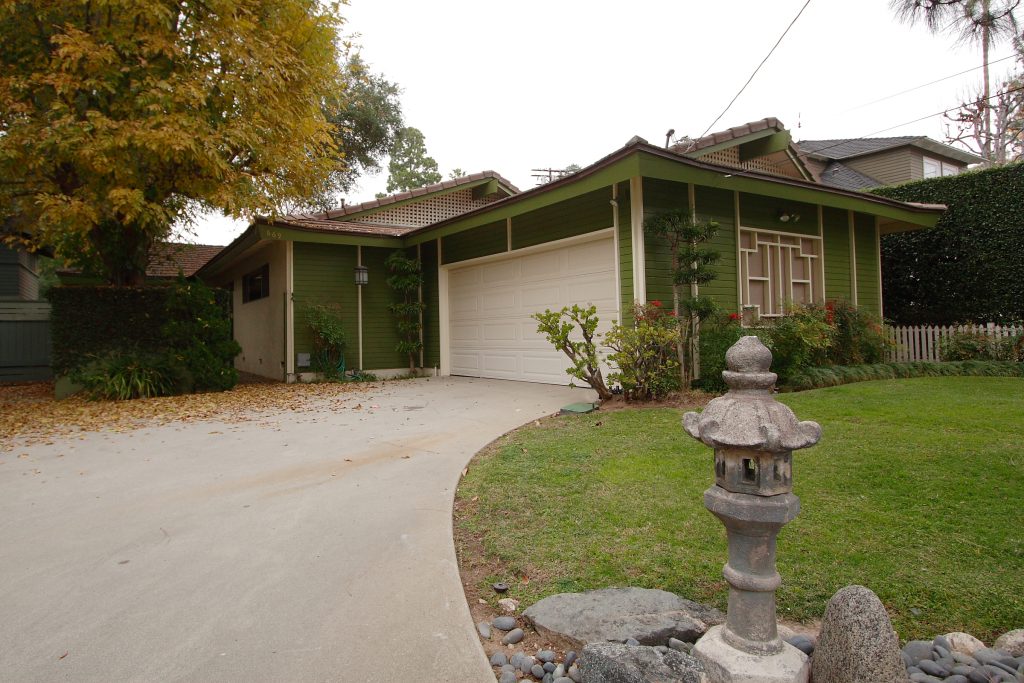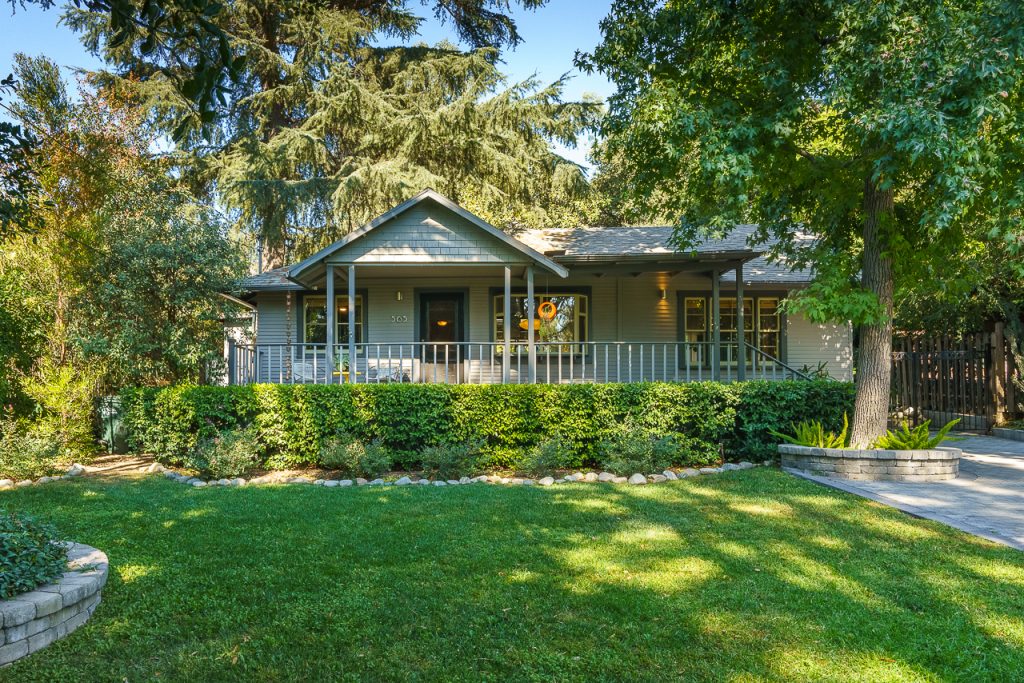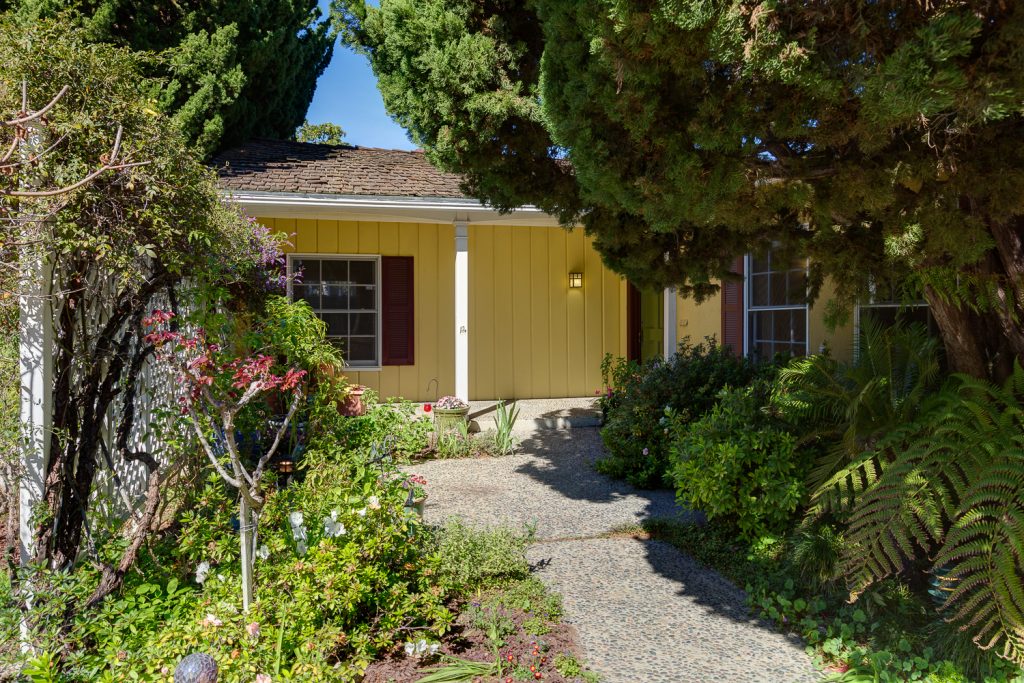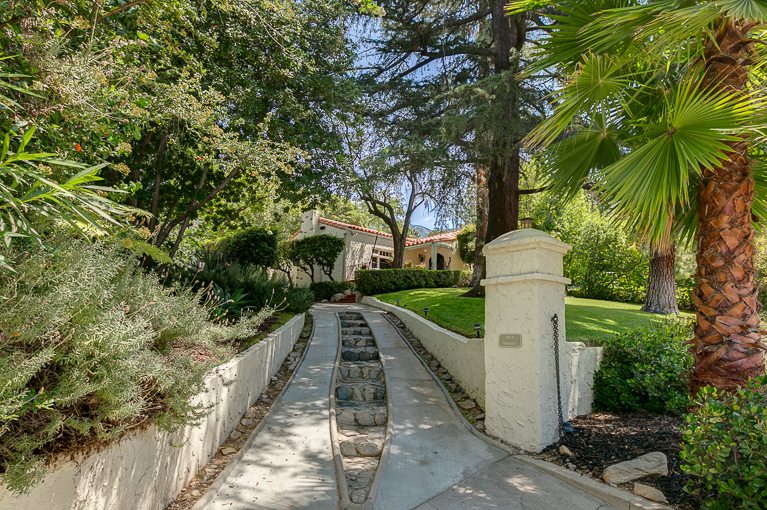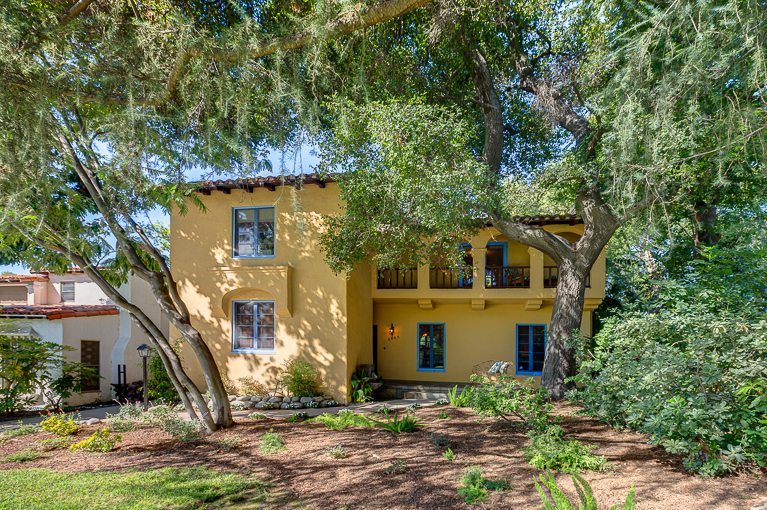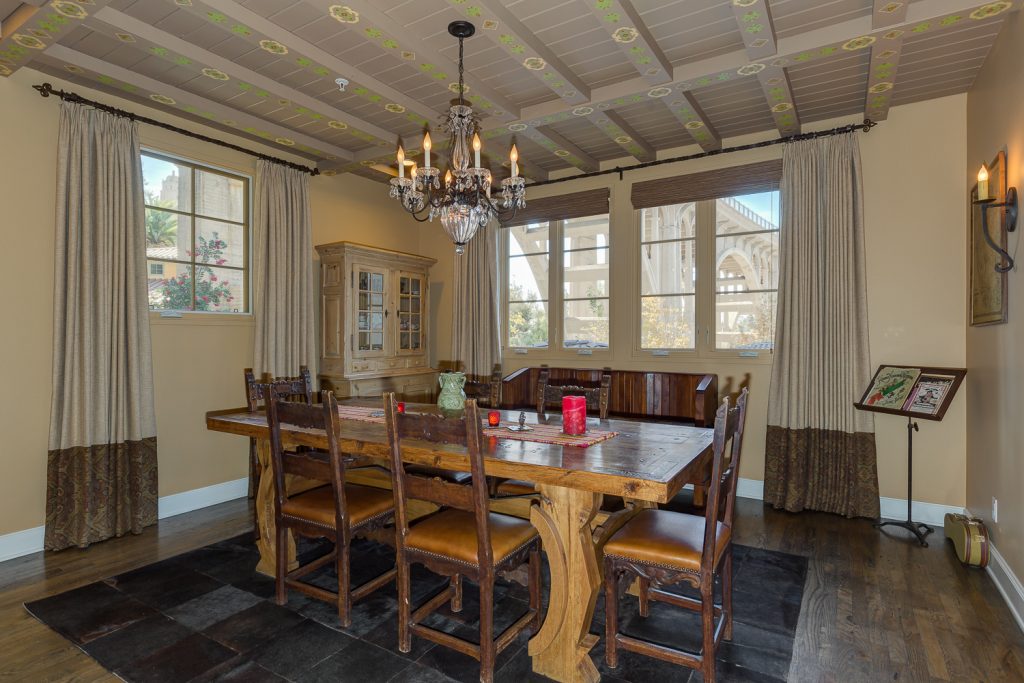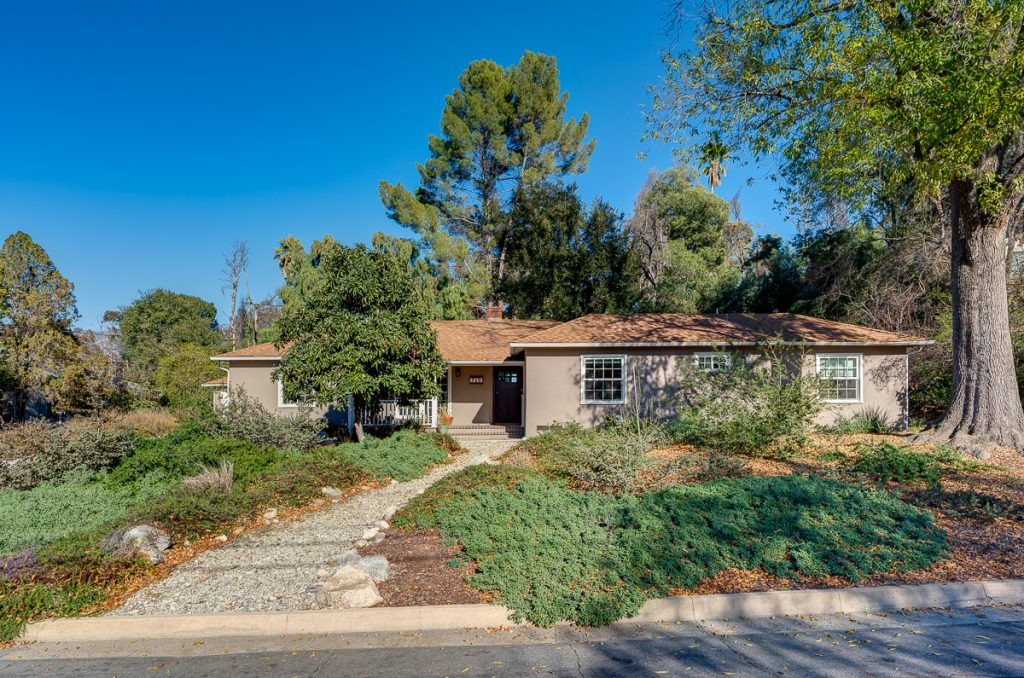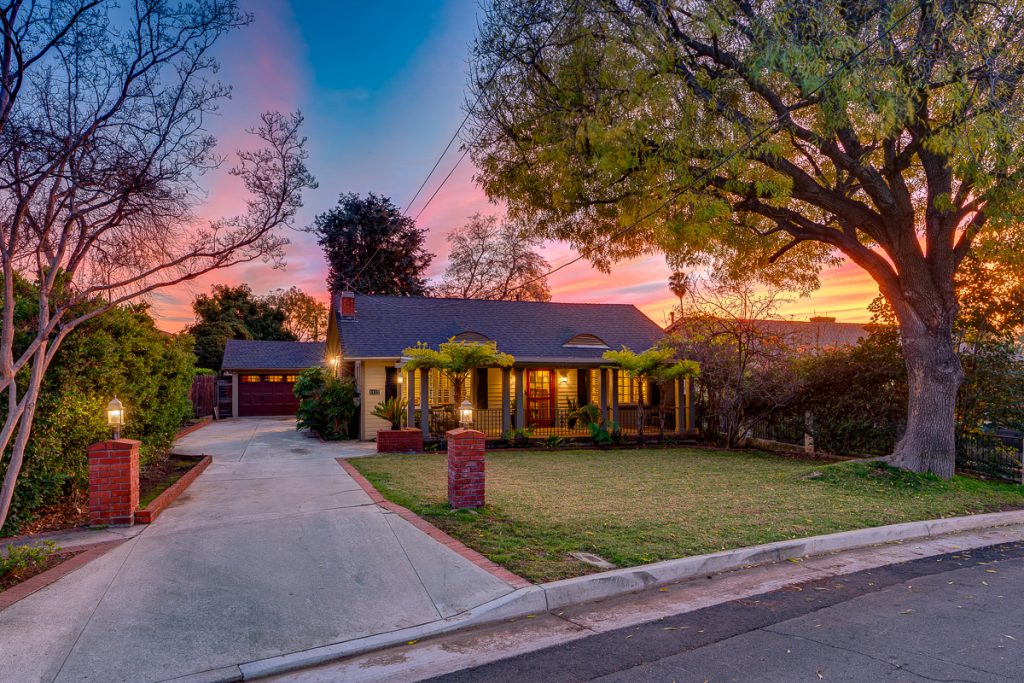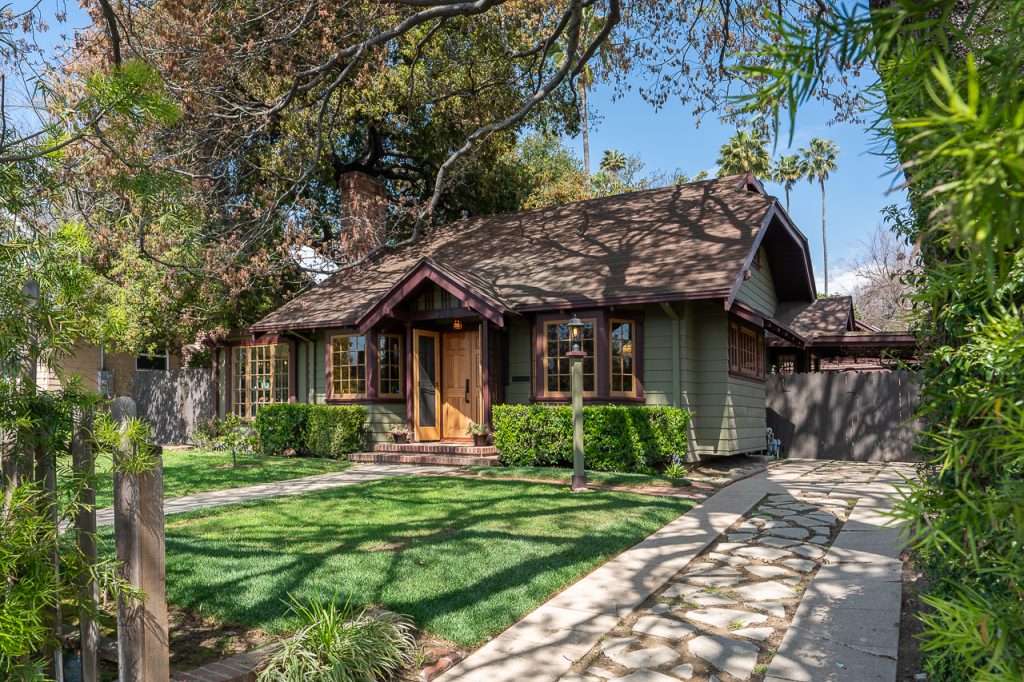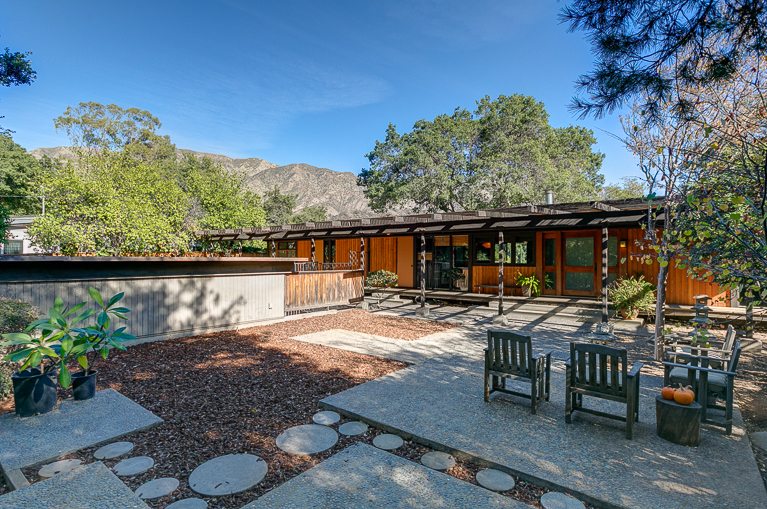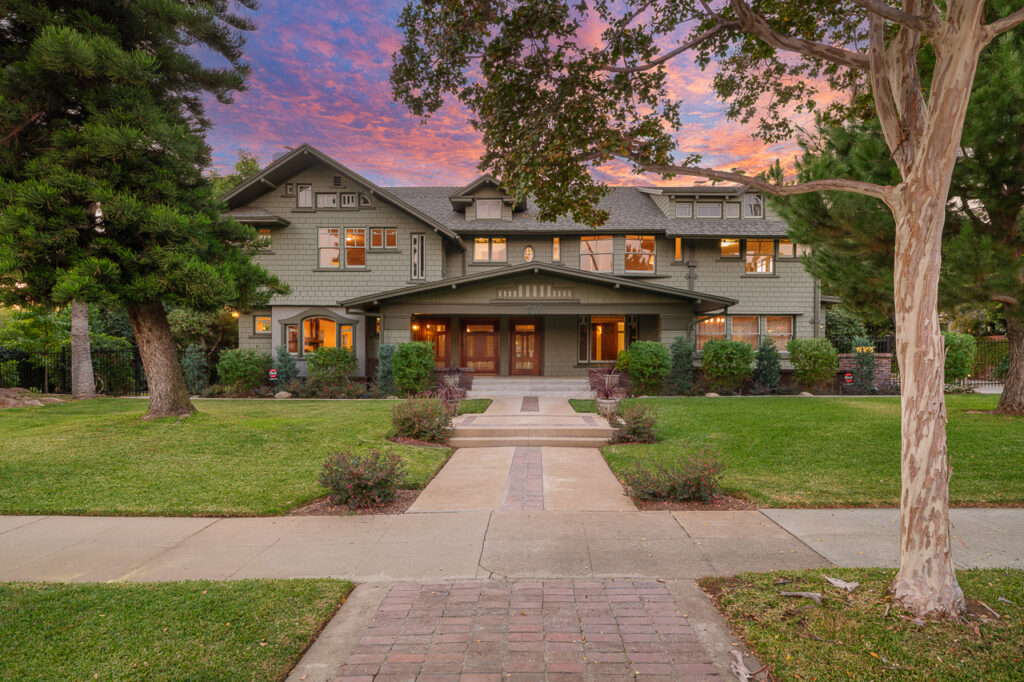Coldwell Banker
388 S. Lake Avenue,
Pasadena, CA 91101
office: 626.797.6500
Email: [email protected]
California’s Home Inventory Shrinks To 5-Year Low
California’s inventory of unsold, previously owned homes shrank to a five-year low in December, in another sign that the state may be coming out of its worst housing slump in decades.
The supply of unsold single-family homes dropped to 3.8 months from 5.6 months a year ago and 16.6 months in January 2008, when inventories were at a peak, according to estimates released Friday by the California Association of Realtors. The inventory levels are now at their lowest level since 2005, resulting in frenzied sales with multiple offers in some cities.
In Northern California’s Santa Clara County, where inventory has dropped to 50 days from 243 a year ago, Amanda Garcia said she and her 62-year-old father Luis Garcia finally gave up a nine-month search for a home last month, after they kept losing out on homes priced in the highly competitive sub-$500,000 market.
“It’s more like an auction nowadays,” said Ms. Garcia, 26, a medical coordinator from Milpitas, Calif. “They shouldn’t call it a house sale.”
California’s housing market is closely watched because it is the nation’s biggest and helps fuel both the state’s economy and the national building industry. With California still weighed down by economic problems, including a 12.4% unemployment rate, higher than the 10% rate nationwide, economists are looking at bellwethers like housing to determine when California will rebound.
Of course, any long-term revival in housing will depend on California’s ability to shake off its high unemployment and the continuing threat of more foreclosures. Some housing experts cautioned that inventories may be artificially low because many would-be sellers are waiting for the economy to improve before putting their homes on the market.
“I’m convinced that once the general public believes prices have bottomed out and are coming up, more people will put their homes on the market,” said Andrew LePage, an analyst at MDA DataQuick, a housing-data provider in La Jolla, Calif. “And that will probably coincide with the economy and job market improving.”
Although most home prices remain well below their pre-bust highs of three years ago, California’s overall housing market has shown signs of stabilizing since early last year. The median price of an existing, single-family home rose 8.4% from a year ago to $306,820, marking the second consecutive year-over-year increase and the 10th straight month-over-month jump, according to estimates by the state Realtors’ association.
Sales rose at a slower year-over-year rate of 1.7%, compared with double-digit gains in recent months. Sales have been powered, in part, by a federal tax credit of $8,000 for first-time buyers, which Congress extended until the end of April.
Some brokers attributed the sales slowdown to lean inventories. “Right now, we need more listings,” said Lianne Pinkston, a Coldwell Banker broker in Morgan Hill, Calif., south of San Jose. “I have an all-cash investor, and they’ve wanted to buy a duplex or four-plex, and they’ve been making all-cash offers for over the asking price, and they’re still not getting anything.”
The current inventory rate is running well under California’s historical average since the 1980s of about an eight-month supply of existing homes on the market. That’s partly because a once huge supply of foreclosures in the state has dwindled. In November, foreclosed properties accounted for 40% of all single-family sales, new and used, in California, compared with 58% in January, according to the most recent estimates by Zillow.com, a market tracker.
In general, California’s coastal markets performed better than inland markets. In Orange County, for example, Zillow estimates foreclosures dropped by more than one half to 20.6% of all single-family sales in November from 43.5% in January. In inland Merced County, foreclosures were also down, but to 69.9% of sales from 83.4% in January, according to Zillow.
The return to the kind of bidding wars that marked the state’s boom years in some coastal cities hasn’t been welcomed by home buyers. In Orange County, graphics designer Scott Butler put in one of 37 offers on a three-bedroom, two-bath home listed for $350,000 in early September. Mr. Butler bid full price for the home in Mission Viejo, Calif., and offered to put 20% down, but the winning bid went over $430,000, said his agent, Michael Caruso.
Mr. Butler, 39, who has since given up his search, said he was outbid on more than 20 other homes since early 2009. “It’s very discouraging,” he said.


